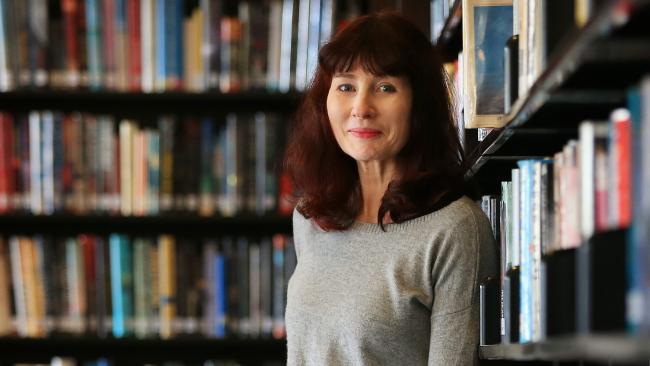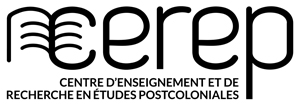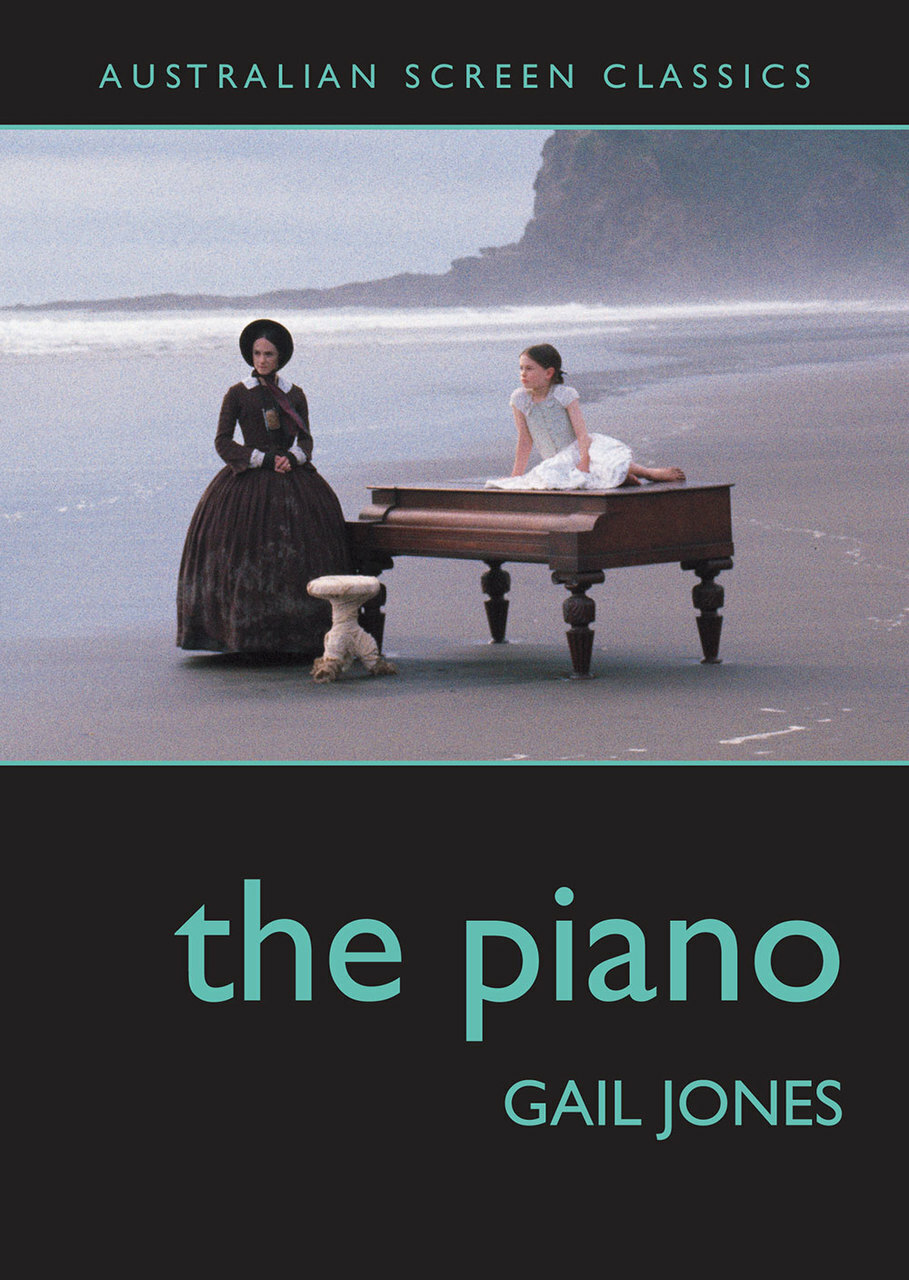
My narrative interest as a child was based in cinema, not in reading, nor was there, then or later, any moment of realizing vocation. B-grade movies furnished an interest in melodrama and character, and inducted me into a sense that the pleasure of any narrative is in part based on a choice of images – that there is a kind of visual order of knowing by which the ordinary becomes iconic or symbolic, or by which one is riveted by something beyond the narrative drive, but utterly and wonderfully redolent, nevertheless. (McCrea 2006, 27)Thus it is as early as from this period of her life, between the age of seven and ten, that she developed an inclination for narrative.
However, after three years in the Kimberleys, Jones moved to Kalgoorlie, where her father took on a job as an electrician in the goldmines. Six years later, the family moved to the city of Perth. It is only then, in her last year at high school, that Jones read her first novel. At this point, she wanted to become a painter, not a writer – in fact, she has never wanted to become a writer – so that at eighteen, she enrolled for a Fine Arts degree at the University of Melbourne. Yet, feeling out of place due to her rural and working-class background, she dropped out after one year. She moved back to Perth to undertake a BA majoring in English at the University of Western Australia. In 1977, she gave birth to her daughter, Kyra Giorgi, who is now also a writer, then spent most of her twenties travelling in Asia, 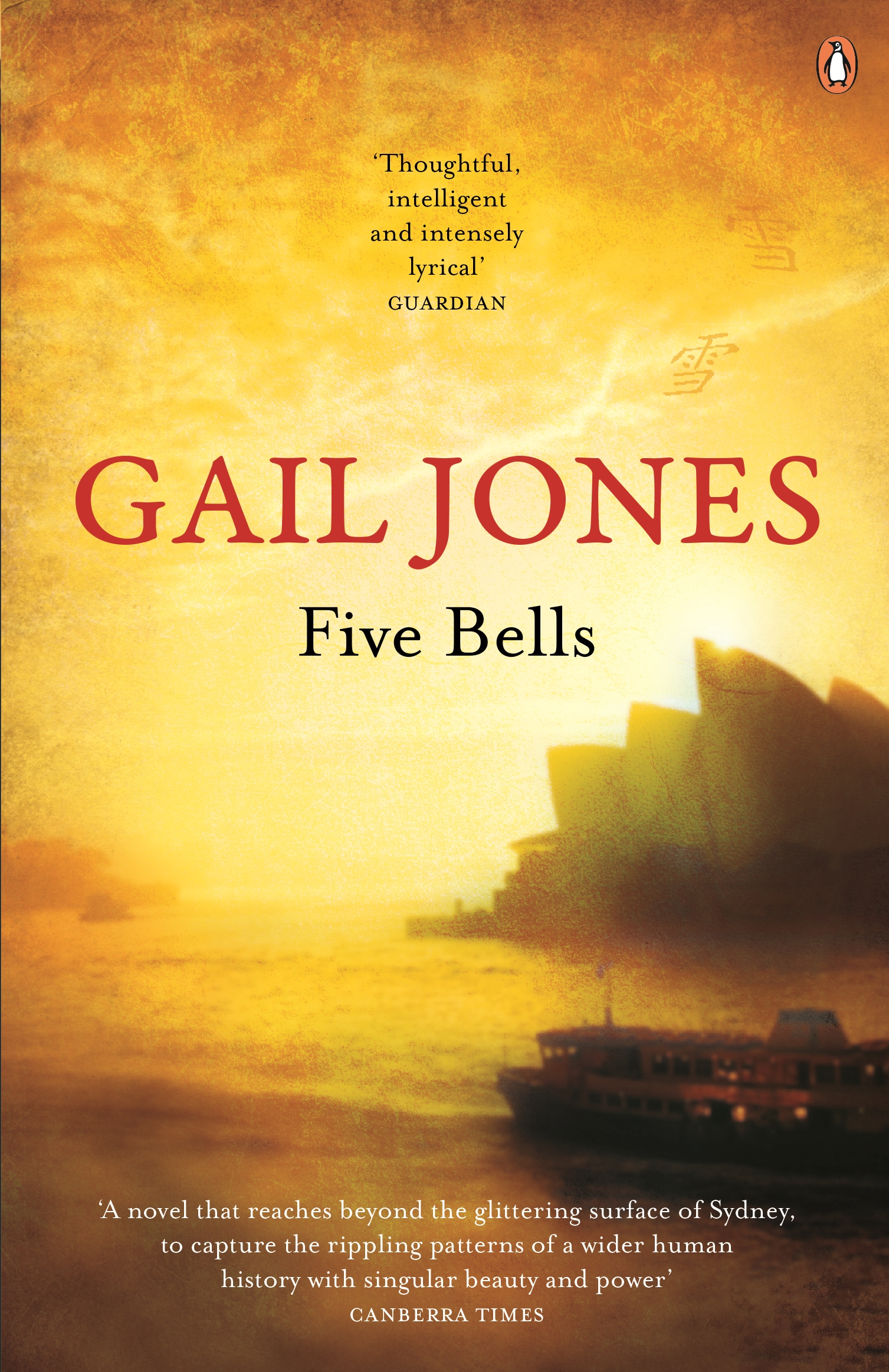 but also occasionally living in Darwin, where her brothers worked with Aboriginal communities in Indigenous education.
Eventually, she went back to Perth and completed her BA with Honours in 1980. This is the time when she discovered books and became a voracious reader, and although she still felt ambivalent about the academy, she now also found pleasure in intellectual life. She then became a tutor working part-time at Curtin University, Murdoch University and the University of Western Australia in Perth before becoming a full-time lecturer at Edith Cowan University in 1988. In 1993, she took a position as Lecturer in the Department of English at the University of Western Australia, and in 1994, she completed her PhD entitled “Mimesis and Alterity: Postcolonialism, Ethnography and the Representation of Racial Others”. In 2001, she was granted the Australian Universities Teaching Award for Humanities and the Arts for her outstanding university teaching at the University of Western Australia. However, in 2008, she moved to Sydney to take a chair as Professor in Writing at Western Sydney University, and has been a proud member of its local Writing and Society Research Centre since then. She is now Professor Emeritus and lives in the inner-western suburb of Glebe, when she is not travelling or writing abroad.
but also occasionally living in Darwin, where her brothers worked with Aboriginal communities in Indigenous education.
Eventually, she went back to Perth and completed her BA with Honours in 1980. This is the time when she discovered books and became a voracious reader, and although she still felt ambivalent about the academy, she now also found pleasure in intellectual life. She then became a tutor working part-time at Curtin University, Murdoch University and the University of Western Australia in Perth before becoming a full-time lecturer at Edith Cowan University in 1988. In 1993, she took a position as Lecturer in the Department of English at the University of Western Australia, and in 1994, she completed her PhD entitled “Mimesis and Alterity: Postcolonialism, Ethnography and the Representation of Racial Others”. In 2001, she was granted the Australian Universities Teaching Award for Humanities and the Arts for her outstanding university teaching at the University of Western Australia. However, in 2008, she moved to Sydney to take a chair as Professor in Writing at Western Sydney University, and has been a proud member of its local Writing and Society Research Centre since then. She is now Professor Emeritus and lives in the inner-western suburb of Glebe, when she is not travelling or writing abroad.
As a scholar, Jones is the author of one critical monograph on Jane Campion’s movie The Piano (2007) and has published a dozen literary essays, in which she interweaves the critical and the creative modes, following the discursive practice of fictocriticism, whose emergence in Australia in the 1990s coincides with the beginning not only of her academic career but also of her career as a writer of fiction.
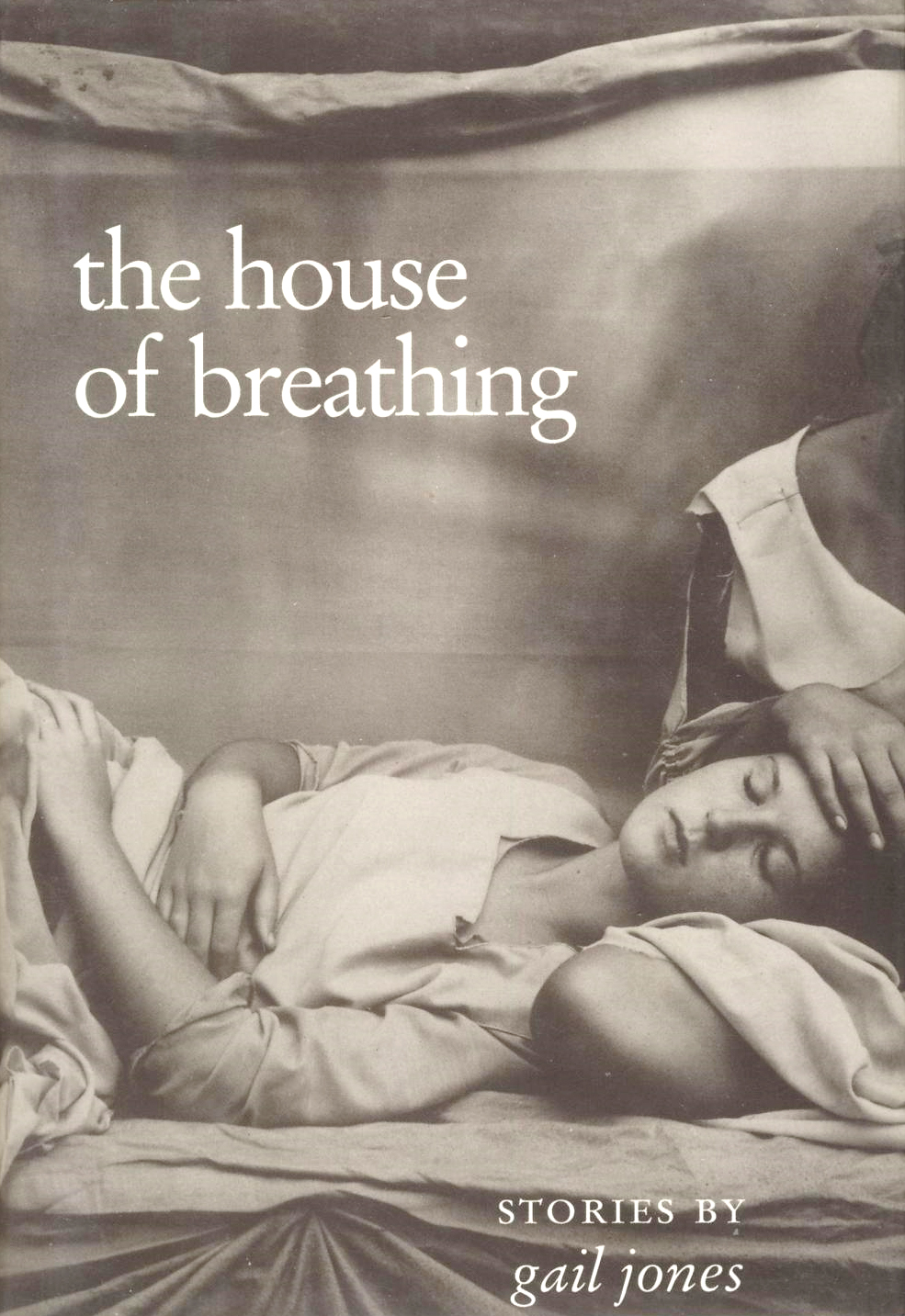
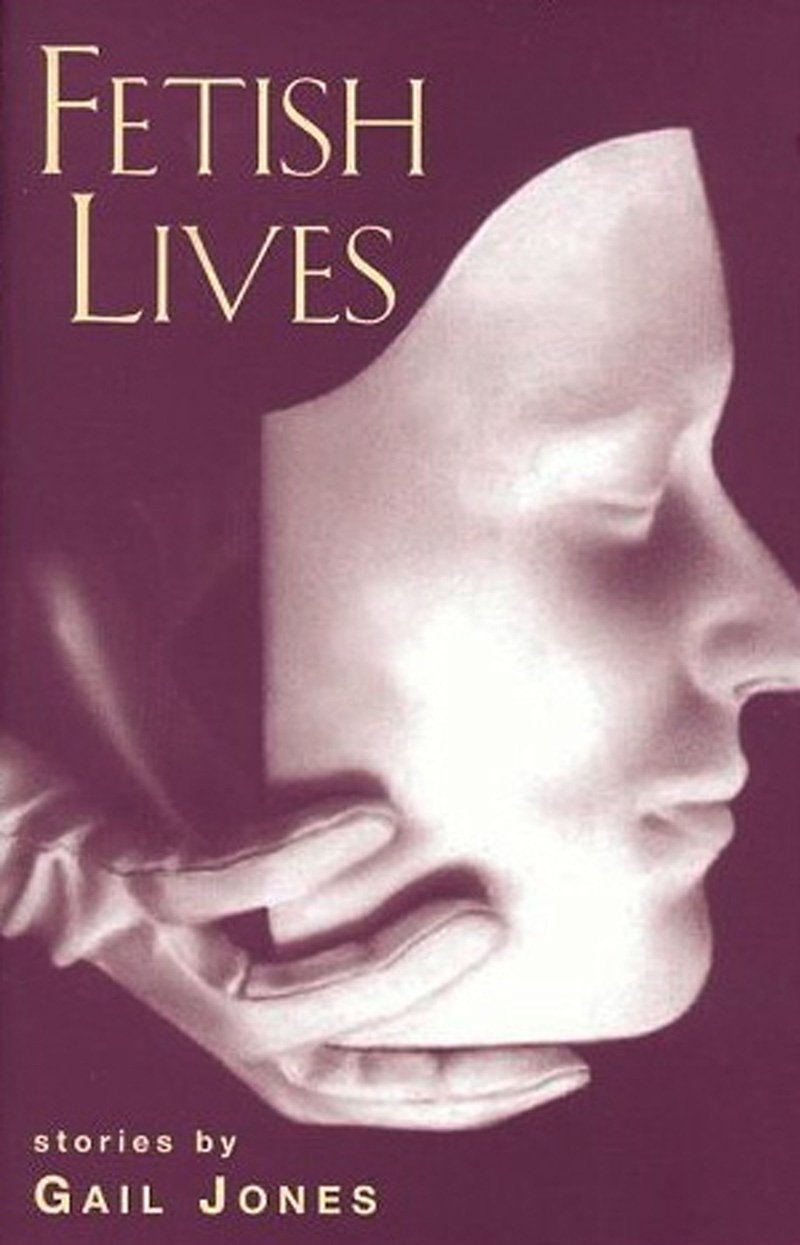 Jones’ writerly debut came relatively late in life. She was in her mid-thirties and in need of money to buy train tickets to recreate the journey Anton Chekhov undertook from Moscow to Sakhalin a century earlier. To avoid taking out a loan, she submitted some stories for the 1991 TAG Hungerford Award, and won the prize. One year later, in 1992, they were published as a collection of stories under the title The House of Breathing. The stories are allegorical in style and fragmented in form; they meditate on grief and loss, on memory and forgetting, in a wish to disclose the ongoing wounds of colonialism and imperialism. In 1997, Jones published her second book of stories. Entitled Fetish Lives, this collection speculates about the fictional lives of a series of historical figures, including Marie Tussaud, Eleanor Marx, Marie Curie, Marcel Proust, Mata Hari, and Walt Whitman, to name but a few, thereby seeking to offer counter-narratives to some of the prepossessing stories sanctioned by a conventional sense of History. Both collections of stories rehearse many of the themes and tropes that will later characterise Jones’ novels, such as art, cinema, grief, history, memory, modernity, reading, time, trauma, voice, violence, and writing. They thus formed a prelude to her novelistic oeuvre and provided her with the writerly confidence she was lacking in her early career, as she felt “unusual among Australian writers”, due to her rural and working-class background (Royo-Grasa 2012, 9).
Jones’ writerly debut came relatively late in life. She was in her mid-thirties and in need of money to buy train tickets to recreate the journey Anton Chekhov undertook from Moscow to Sakhalin a century earlier. To avoid taking out a loan, she submitted some stories for the 1991 TAG Hungerford Award, and won the prize. One year later, in 1992, they were published as a collection of stories under the title The House of Breathing. The stories are allegorical in style and fragmented in form; they meditate on grief and loss, on memory and forgetting, in a wish to disclose the ongoing wounds of colonialism and imperialism. In 1997, Jones published her second book of stories. Entitled Fetish Lives, this collection speculates about the fictional lives of a series of historical figures, including Marie Tussaud, Eleanor Marx, Marie Curie, Marcel Proust, Mata Hari, and Walt Whitman, to name but a few, thereby seeking to offer counter-narratives to some of the prepossessing stories sanctioned by a conventional sense of History. Both collections of stories rehearse many of the themes and tropes that will later characterise Jones’ novels, such as art, cinema, grief, history, memory, modernity, reading, time, trauma, voice, violence, and writing. They thus formed a prelude to her novelistic oeuvre and provided her with the writerly confidence she was lacking in her early career, as she felt “unusual among Australian writers”, due to her rural and working-class background (Royo-Grasa 2012, 9).
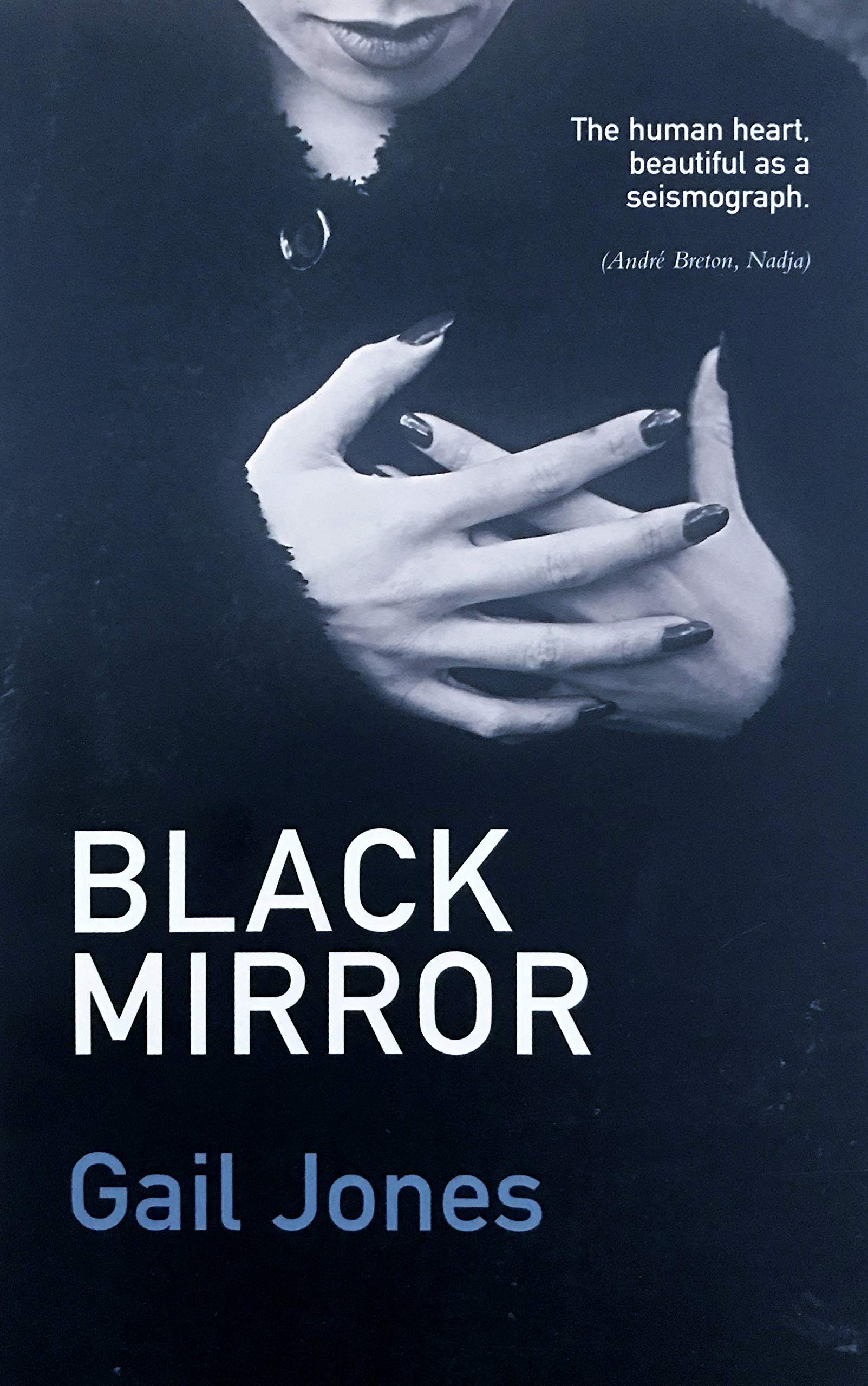
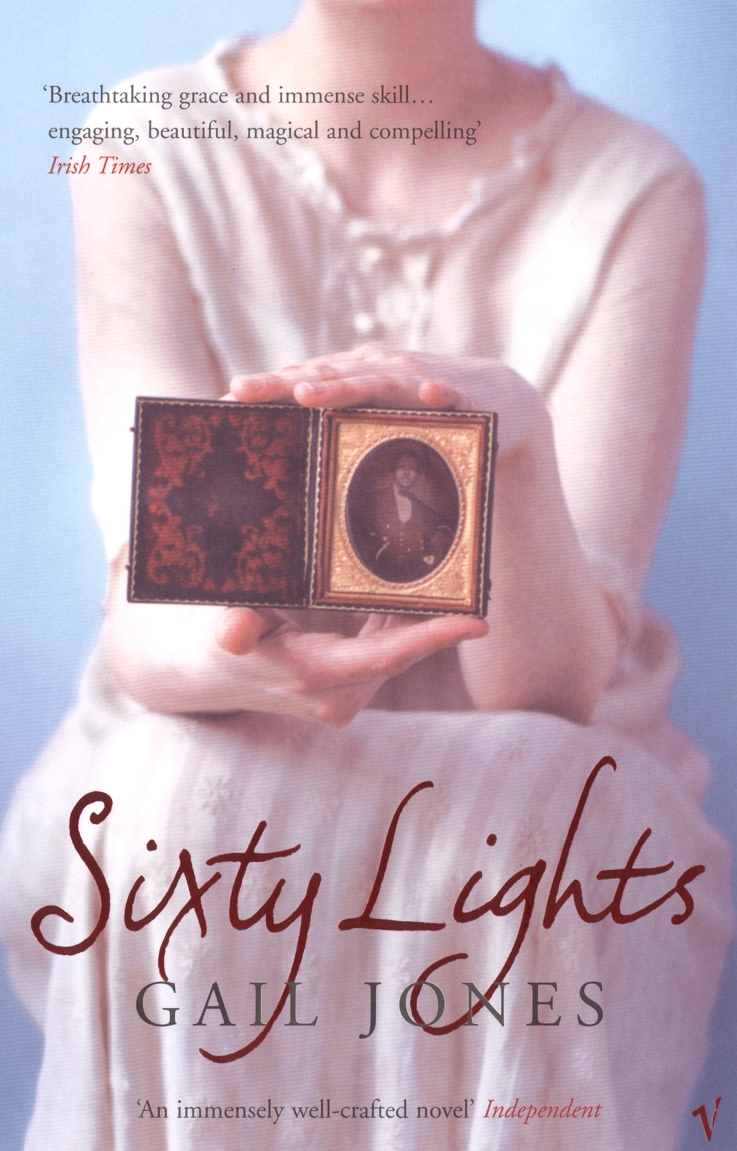 With the turn of the century, Jones moved from writing stories to writing novels, to become one of Australia’s most prominent and prolific novelists. She has written ten novels, which are, in order of appearance: Black Mirror (2002), Sixty Lights (2004), Dreams of Speaking (2006), Sorry (2007), Five Bells (2011), A Guide to Berlin (2015), The Death of Noah Glass (2018), Our Shadows (2020), Salonika Burning (2022), and One Another (2024). Her fiction has been widely translated and has won major national accolades. These include the Prime Minister’s Literary Award, the Nita B. Kibble Literary Award, the ALS Gold Medal, the Age Book of the Year Award, the Colin Roderick Award and the H. T. Priestley Memorial Medal, the NSW People’s Choice Award, the Philip Hodgins Memorial Medal, the WA Premier’s Prize and Book Award, the Adelaide Festival’s Premier’s Award, and the ARA Historical Novel Prize. Notably, her novels have been shortlisted four times for each of these awards: the Miles Franklin Literary Award, the Christina Stead Prize, and the Victorian Premier’s Literary Award. At an international level, her fiction has been shortlisted for the Indie Awards, the Prix Fémina étranger, and the IMPAC Dublin Literary Award, as well as longlisted for the Orange Prize and Booker Prize.
With the turn of the century, Jones moved from writing stories to writing novels, to become one of Australia’s most prominent and prolific novelists. She has written ten novels, which are, in order of appearance: Black Mirror (2002), Sixty Lights (2004), Dreams of Speaking (2006), Sorry (2007), Five Bells (2011), A Guide to Berlin (2015), The Death of Noah Glass (2018), Our Shadows (2020), Salonika Burning (2022), and One Another (2024). Her fiction has been widely translated and has won major national accolades. These include the Prime Minister’s Literary Award, the Nita B. Kibble Literary Award, the ALS Gold Medal, the Age Book of the Year Award, the Colin Roderick Award and the H. T. Priestley Memorial Medal, the NSW People’s Choice Award, the Philip Hodgins Memorial Medal, the WA Premier’s Prize and Book Award, the Adelaide Festival’s Premier’s Award, and the ARA Historical Novel Prize. Notably, her novels have been shortlisted four times for each of these awards: the Miles Franklin Literary Award, the Christina Stead Prize, and the Victorian Premier’s Literary Award. At an international level, her fiction has been shortlisted for the Indie Awards, the Prix Fémina étranger, and the IMPAC Dublin Literary Award, as well as longlisted for the Orange Prize and Booker Prize.
“Of all Jones’ texts,” Tanya Dalziell argues, “Sorry has attracted the most scholarly and popular attention, largely because of its efforts to think through the meanings and implications of (not) apologising, which speak to concerns beyond its pages” (2020, 9-10). Likewise, Anthony Uhlmann observes that “the novel that has attracted most international critical attention to date is Sorry, 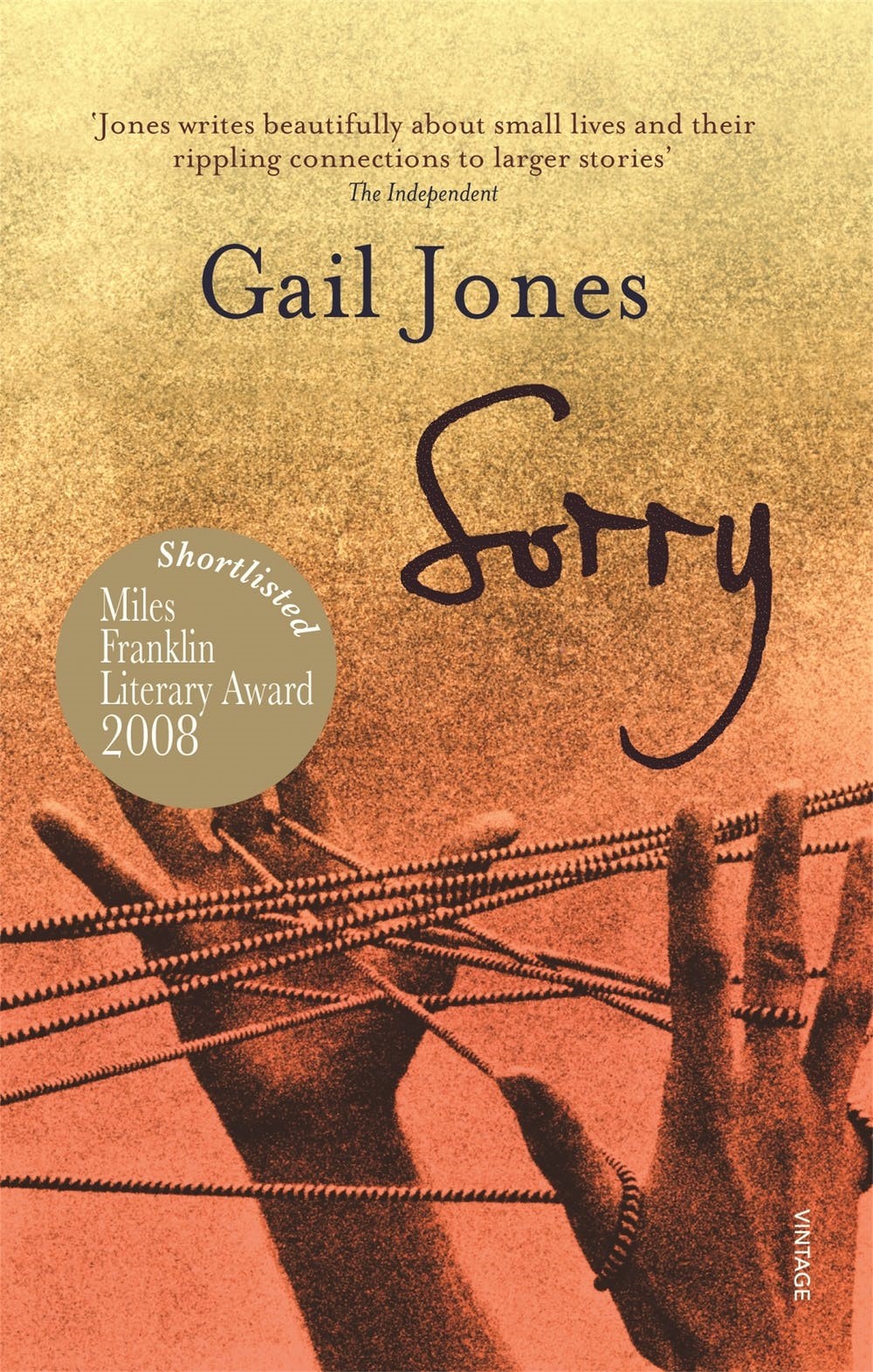 which has particularly drawn the attention of postcolonial critics through its engagement with problems of reconciliation between Aboriginal and Torres Strait Islander Australians and non-Indigenous Australians” (2022, 8). Sorry was indeed written at a time when Indigenous rights were gradually taking centre stage on the Australian political scene, notably with the publication of the Bringing Them Home report in 1997, which came out of the National Inquiry into the Separation of Aboriginal and Torres Strait Islander Children from their Families, also known as the “Stolen Generations”. Set in the remote Western Australian outback during the 1930s and 1940s, it narrates the story of the sisterly friendship between Perdita Keene, a white girl of settler lineage, and Mary, a sixteen-year-old half-caste girl who was removed from her family as part of the Australian government’s assimilation policy. Consequently, as Pilar Royo-Grasa claims, “Sorry has been the novel that critics have tended to read as a political allegory of Australia’s process of Reconciliation” (2022, 27). She contends, however, that “many of the other topics to which the Reconciliation gave rise, such as the settlers’ identification with the role of the victim and their unsettled sense of belonging, are also tackled in the rest of Jones’s novels”, more particularly in Black Mirror and Sixty Lights, as her own critical study undertakes to demonstrate (2022, 27-28).
which has particularly drawn the attention of postcolonial critics through its engagement with problems of reconciliation between Aboriginal and Torres Strait Islander Australians and non-Indigenous Australians” (2022, 8). Sorry was indeed written at a time when Indigenous rights were gradually taking centre stage on the Australian political scene, notably with the publication of the Bringing Them Home report in 1997, which came out of the National Inquiry into the Separation of Aboriginal and Torres Strait Islander Children from their Families, also known as the “Stolen Generations”. Set in the remote Western Australian outback during the 1930s and 1940s, it narrates the story of the sisterly friendship between Perdita Keene, a white girl of settler lineage, and Mary, a sixteen-year-old half-caste girl who was removed from her family as part of the Australian government’s assimilation policy. Consequently, as Pilar Royo-Grasa claims, “Sorry has been the novel that critics have tended to read as a political allegory of Australia’s process of Reconciliation” (2022, 27). She contends, however, that “many of the other topics to which the Reconciliation gave rise, such as the settlers’ identification with the role of the victim and their unsettled sense of belonging, are also tackled in the rest of Jones’s novels”, more particularly in Black Mirror and Sixty Lights, as her own critical study undertakes to demonstrate (2022, 27-28).
As Uhlmann further observes: “A good deal of critical writing has been dedicated to Gail Jones’ work … by critics from Australia, Europe, North America, Japan and China”, but “the first monograph dedicated to her work, by Tanya Dalziell, was published in 2020 by Sydney University Press” (2022, 8). 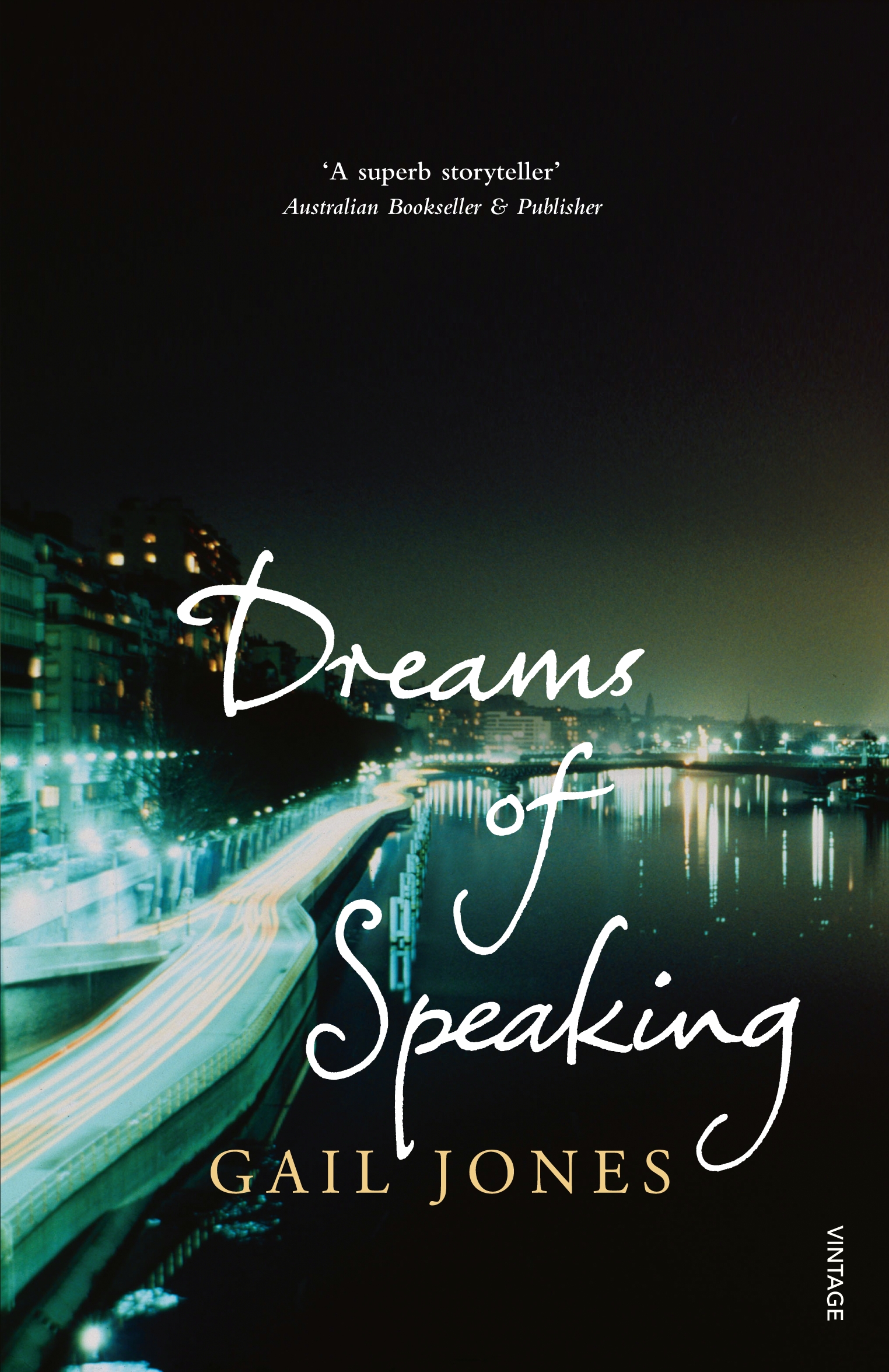 His own collection of essays, also published by Sydney University Press in February 2022, comes second and is immediately followed by Royo-Grasa’s volume on Jones, published by Peter Lang in March 2022. For Uhlmann, that fact “that Jones is taken seriously as a novelist of ideas, that is, one whose works themselves force us to think through complex problems, is demonstrated by the critical attention given to themes the novels set out to explore” (2022, 9). Significantly, however, while some critics have praised Jones’ writing for its sophisticated prose style as well as for its intellectual vigour, “others have commented that her prose is overly extravagant and demanding” (Krstovic 2016, 3). For Dalziell, Jones’ texts not only manifest complexities but also “go about representing them”: “The form and style of Jones’ texts … are not straightforward; they have an enthusiastic disregard for linearity. Their interest lies instead with discontinuity, and they proceed paratactically” (2020, 11). Moreover, she notes that, “in the worlds of Jones’ stories, … words (and reading) matter a great deal, with a frequent complaint in newspaper reviews of Jones’ writing being that a dictionary is often required to understand its vocabulary” (2020, 13).
His own collection of essays, also published by Sydney University Press in February 2022, comes second and is immediately followed by Royo-Grasa’s volume on Jones, published by Peter Lang in March 2022. For Uhlmann, that fact “that Jones is taken seriously as a novelist of ideas, that is, one whose works themselves force us to think through complex problems, is demonstrated by the critical attention given to themes the novels set out to explore” (2022, 9). Significantly, however, while some critics have praised Jones’ writing for its sophisticated prose style as well as for its intellectual vigour, “others have commented that her prose is overly extravagant and demanding” (Krstovic 2016, 3). For Dalziell, Jones’ texts not only manifest complexities but also “go about representing them”: “The form and style of Jones’ texts … are not straightforward; they have an enthusiastic disregard for linearity. Their interest lies instead with discontinuity, and they proceed paratactically” (2020, 11). Moreover, she notes that, “in the worlds of Jones’ stories, … words (and reading) matter a great deal, with a frequent complaint in newspaper reviews of Jones’ writing being that a dictionary is often required to understand its vocabulary” (2020, 13).
Aware of such allegations, Jones specifies in an interview: “I am often called a cerebral novelist, this adjective keeps coming up, but I think of myself as physicalizing experience a great deal” (Nichols 2019). In another interview, she maintains: “I’m always being told how intellectual my works are and how abstract, but I think of them as very bodily and very much based on almost a cinematographic consciousness of the primacy of the image” (Edwards 2019). It is still noteworthy that, while Jones rejects the accusation of being an intellectual writer, she nevertheless calls herself as “a novelist of ideas” and views writing as “a way of thinking” (Baum 2018; Dow 2018; Wood 2018). This is because, paradoxical though this may seem, she does not refer to a logical way of thinking but to one that is feeling. 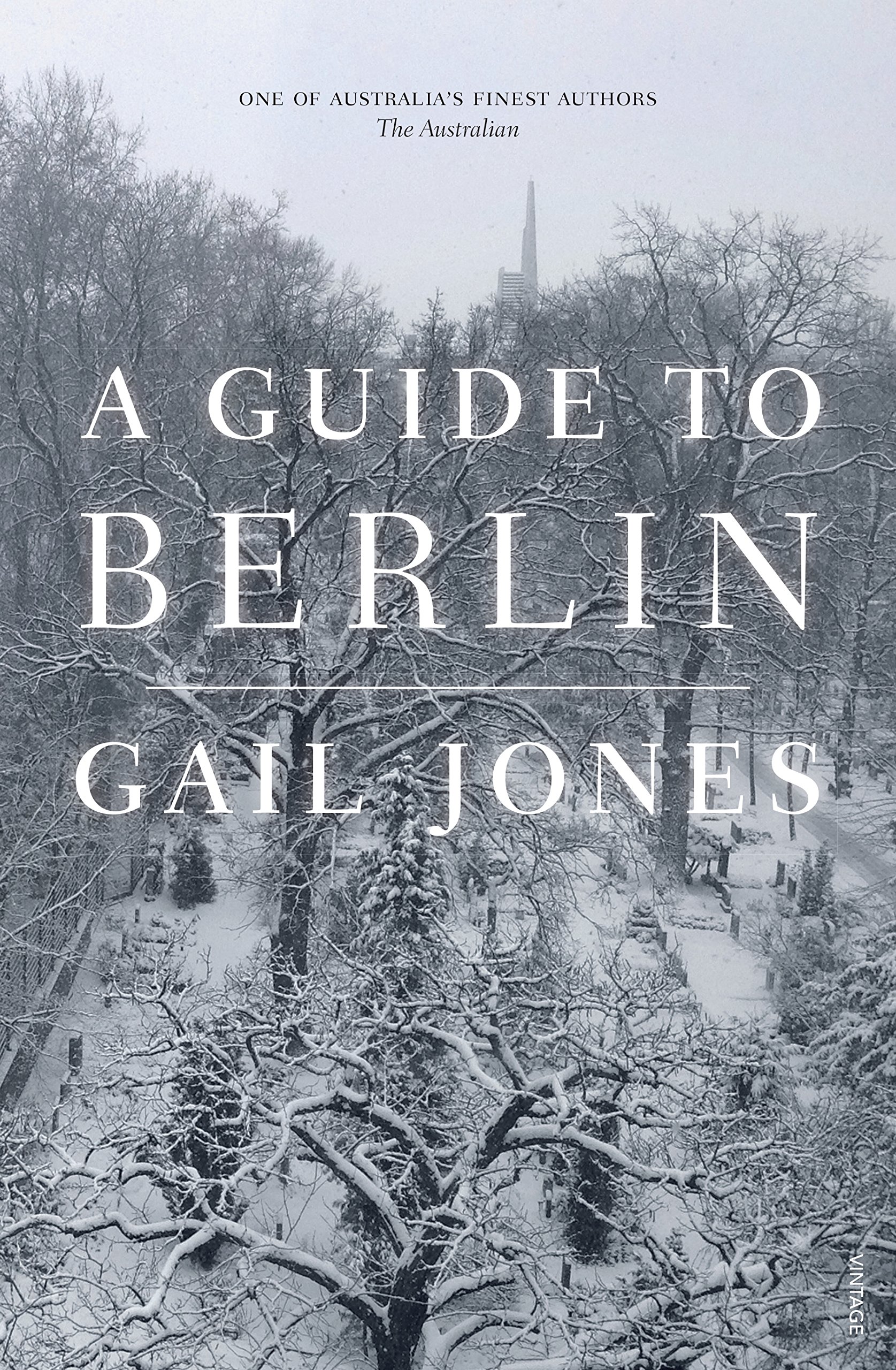 She explains:
She explains:
I was trained as an academic, I was trained in argument, in following logically a proposition to its conclusion, [thus] what I find so emancipating about writing is that it doesn’t function as argument; you cannot translate a novel into an argument because a novel is digressive – even the most linear novel has digressions, it has competing spaces, competing imaginaries, different character and side locations of thinking and feeling – and every reader responds to every novel individually and might respond to a particular image or character. This liberty, this immense liberty of the novel, whose ramifications are everywhere, whose centre is nowhere and whose ramifications are everywhere, I love that as a different mode of cognition. It is a kind of thinking, but it’s not thinking in terms of argument or linear rationality. I love stories, but I’ve really grown to love the novel for this kind of freedom of real intellectual exercise. (O’Shea 2020)This merging of the head and the heart, then, is what makes her even more unusual among the Australian writers, especially those working in academia, and therefore demands that one reads her output “as a whole”, as Robert Dixon rightly argues, for “her novels are often ways of thinking through in fictional form the theoretical issues that preoccupy her in her essays” (2012, 1).
This bibliography has the advantage of bringing together both types of discourse, the creative and the critical, in one document (see the primary sources section), instead of focussing on either/or. As such, it is methodologically generative, for it prompts readers and scholars to do precisely that which Jones seeks to achieve in and through her writing, namely to juxtapose fiction with criticism (and criticism with fiction) as a way of thinking with feeling.
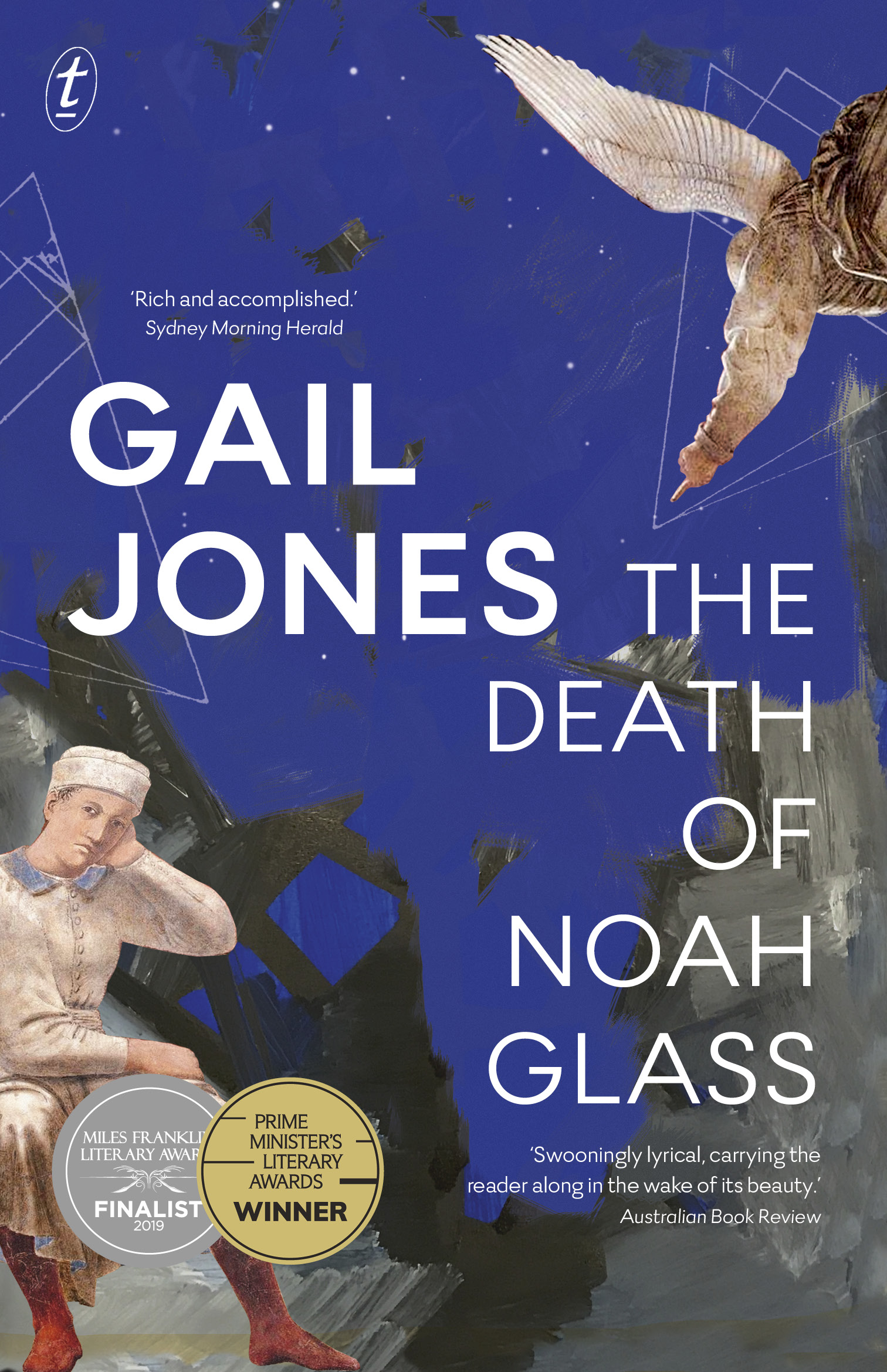 | 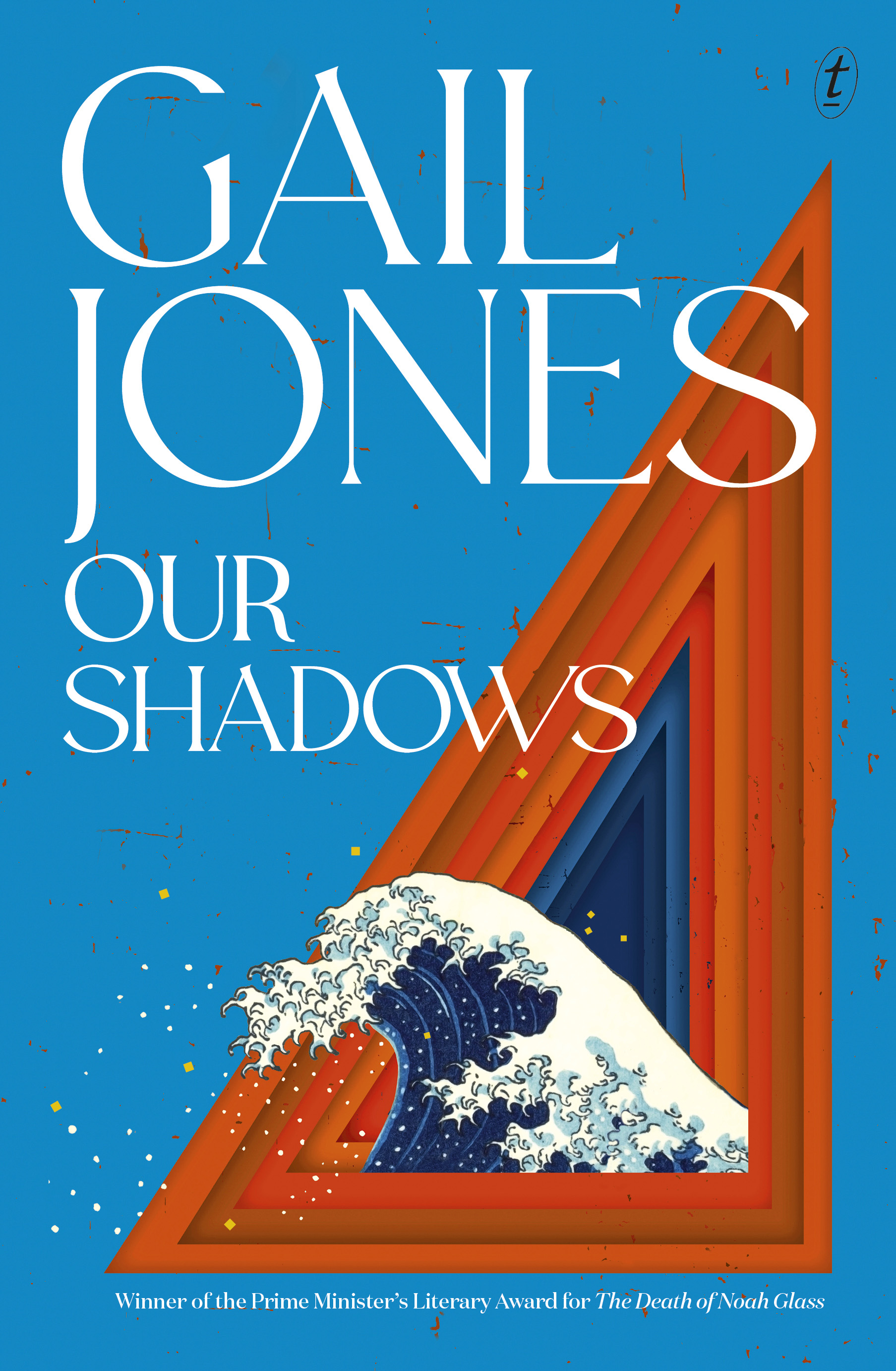 | 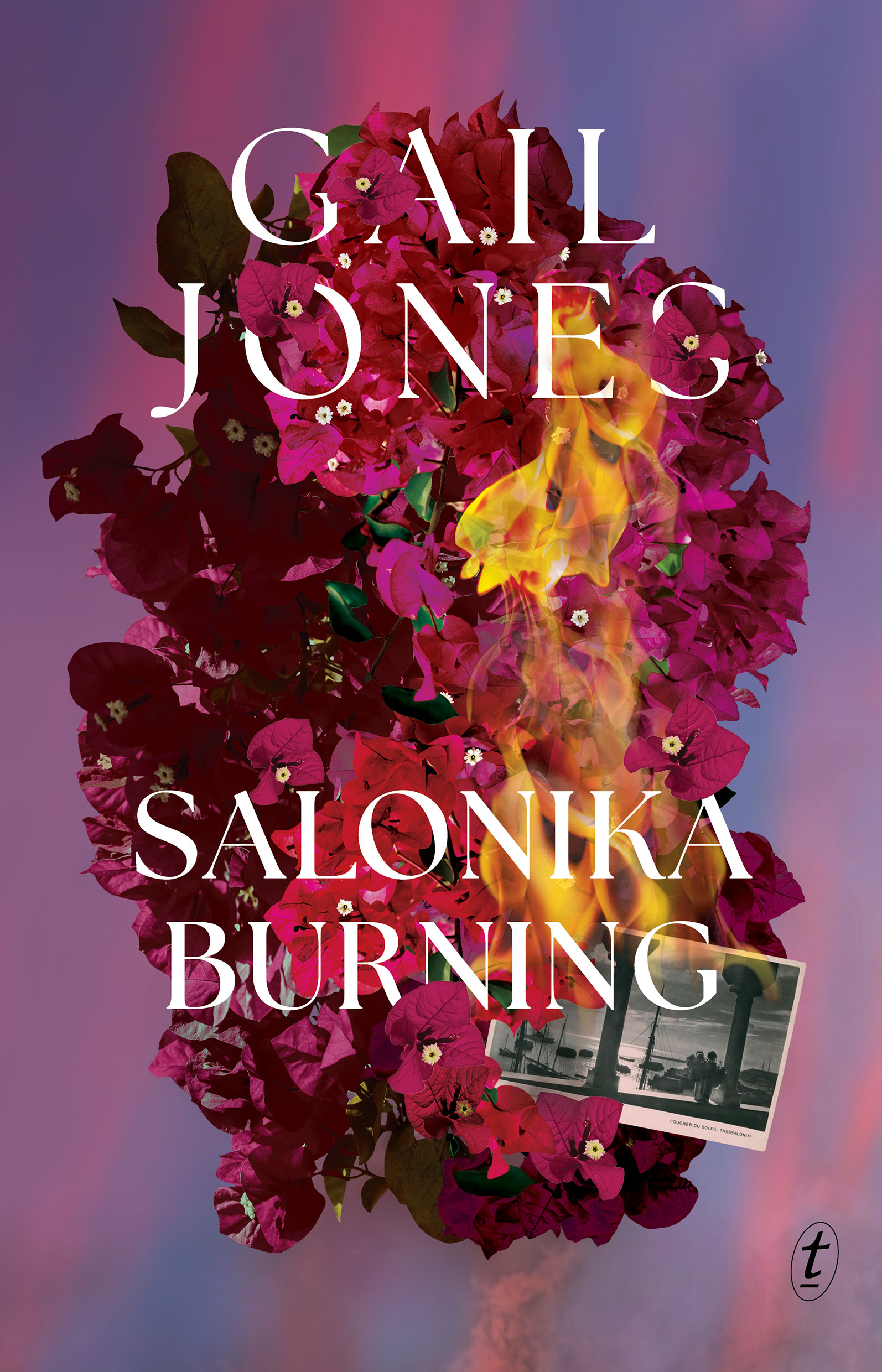 |  |
Note
For an extended version of this introduction, see Valérie-Anne Belleflamme, “Gail Jones”. The Literary Encyclopedia (first published 15 June 2022). The article can be accessed here (subscribers only). You can also request an electronic offprint via the University of Liège's institutional repository ORBi here.
Works Cited

